Kalyakoorl, Ngalak Warangka (Forever, we Sing) is a workshop (and optional performance) designed to take Noongar language songs to as many people as possible across Noongar country. Book a workshop for your school. Award winning singing-songwriting duo Gina Williams and Guy Ghouse offer workshops to schools and communities on Noongar boodjar (Noongar country) which extends from Albany in the south, to Jurien Bay in the north and out to Merredin in the east. It also extends to Dalwallinu in the north-east and Ravensthorpe in the south-east.



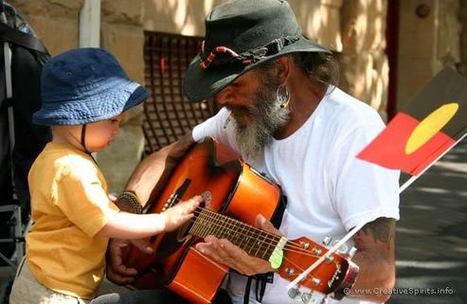


 Your new post is loading...
Your new post is loading...



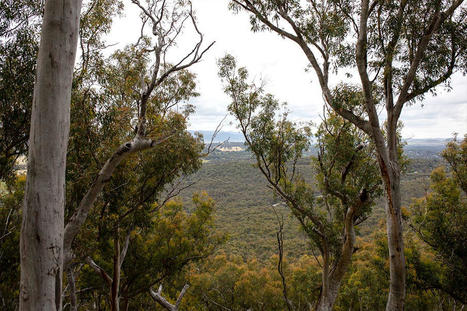


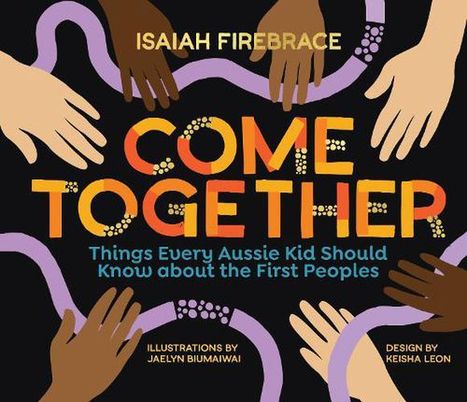



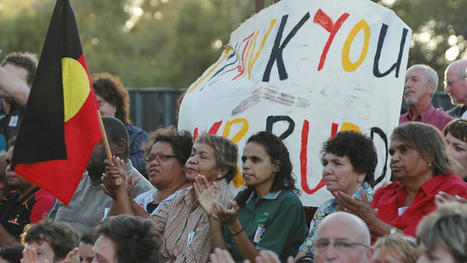


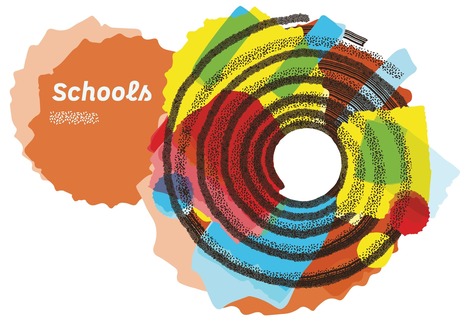
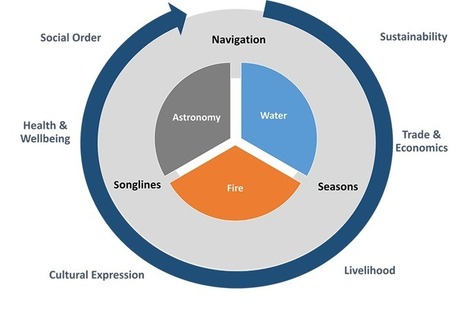
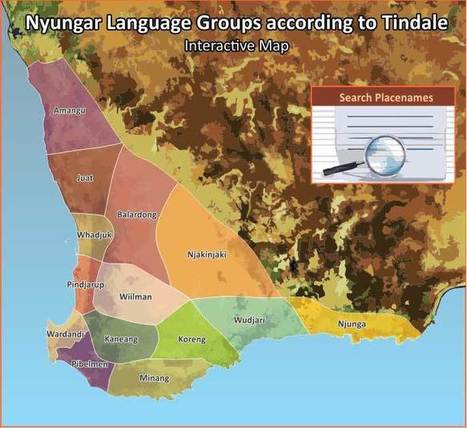

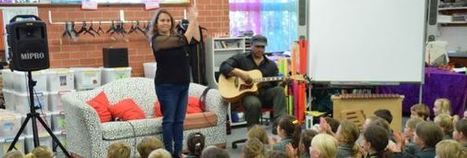



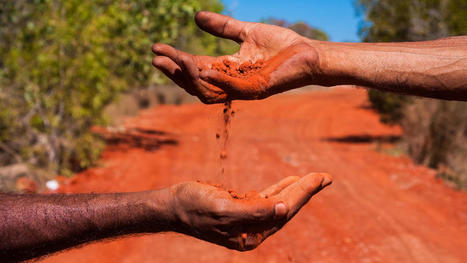


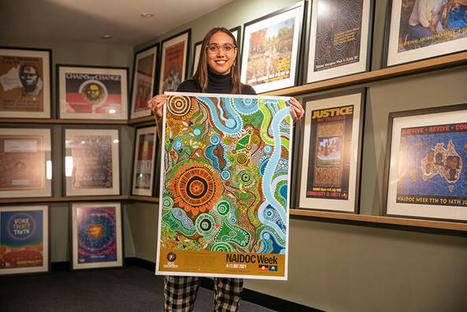


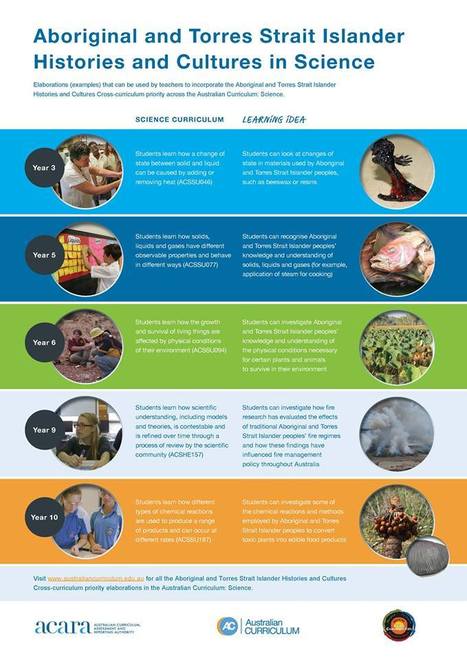
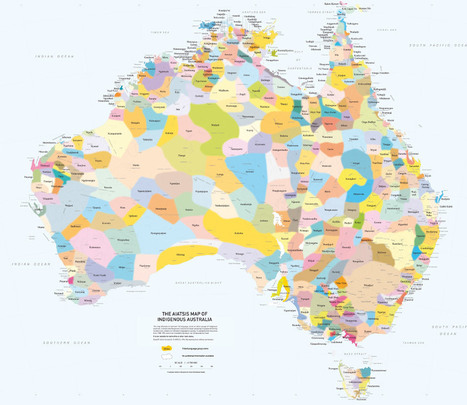







This article outlines the particular significance of Survival Day for Aboriginal and Torres Strait Islander individuals and communities, and links this back to the origins of the day. It includes poems, quotes, recounts and learning activities, and references to alternative commemorative ceremonies such as the Yabun Festival in Sydney.
The article is up-to-date, balanced, written in accessible language and respectful. It acknowledges that individual's experiences are different, and so different areas and communities commemorate Survival Day in different ways. It quotes directly and extensively from Aboriginal individuals, and so details authentic perspectives. As a result, the article is appropriate for use in a stage 3 classroom (Craven, ND), though care should be taken not to generalise based off the content provided.
This article provides an excellent platform for reaching out to a school's local Aboriginal community. Teachers and students could invite local community members to speak about their perspectives on Survival Day, and what they do to commemorate it. This would help students to discuss and respect the cross-curriculum priority of "Aboriginal and Torres Strait Islander histories and cultures" (Gilbert & Hoepper, 2014, p. 7) in regards to the origin and significance of Australia Day/Survival Day, and have the added benefit of tethering students' learning to their local context in order to aid comprehension and relevance (Brophy & Alleman, 2009, p. 372).This in turn promotes the key values and attitudes of "informed and responsible attitudes" and "intercultural understanding" which are highlighted in the HSIE K-6 Syllabus (2007, p. 8).
Finally, the specific content in this article is also suitable to be used in teaching and learning activities which draw from the English Syllabus. English outcome EN3-7C states that students should "think imaginatively, creatively, interpretively and critically about information and ideas and identif[y] connections between texts when responding to and composing texts" (BOSTES, 2015, English K-10 Syllabus online). Outcome EN3-8D states that a student "identifies and considers how different viewpoints of their world, including aspects of culture, are represented in texts" (BOSTES, 2015, English K-10 Syllabus online). Both of these outcomes can be explicitly explored through engagement with this resource. Using the poems and stories provided through this article as literary texts allows for this content to be integrated across Key Learning Areas.
Board of Studies NSW. (2007). Human Society and its Environment K-6 Syllabus. Sydney: Author.
Board of Studies Teaching and Educational Standards NSW. (2015). English K-10 Syllabus. Sydney: Author.
Brophy, J. & Alleman, J. (2009). Meaningful social studies for elementary students. Teachers and Teaching: Theory and Practice, 15(3), 357-376.
Craven, R. (ND). Selection Criteria: Aboriginal Cultural Studies and Aboriginal perspectives across the curriculum.
Gilbert, R. & Hoepper, B. (Eds.). (2014). Teaching humanities and social sciences: History, geography, economics & citizenship in the Australian curriculum. Fifth Edition. South Melbourne: Cengage Learning Australia.